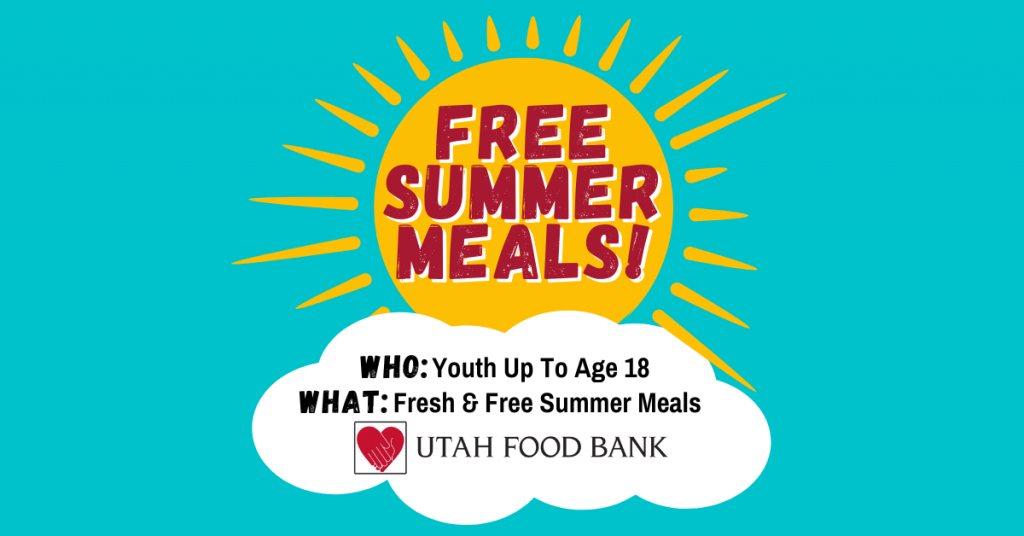
Latest News
Summer should be a time for children to play, grow, and explore—not worry about where their next meal will come from. But for 1 in 6 children in Utah, summer break means losing access to school meals and facing increased food insecurity. Without the support of school breakfast and lunch programs, many families are left …